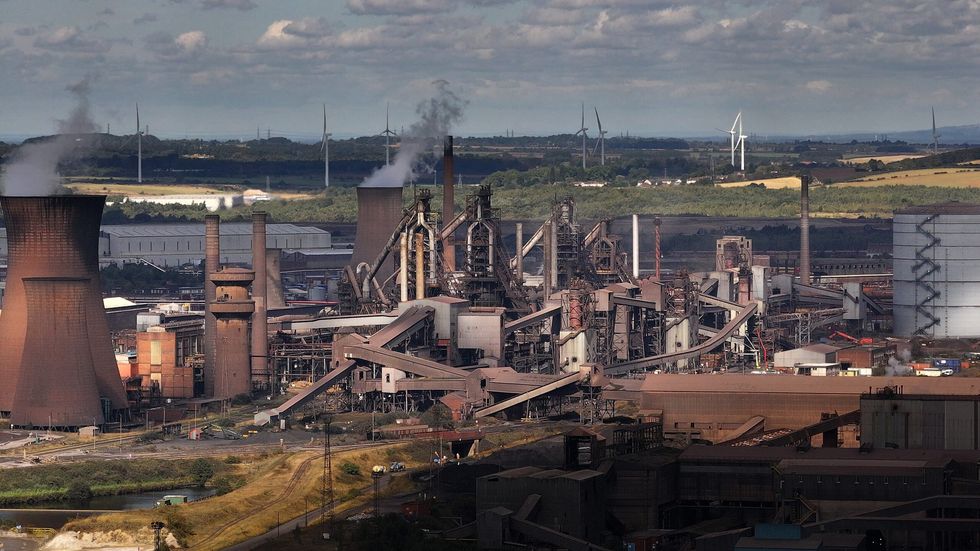ARTIFICIAL intelligence (AI) could be used in the battle to reduce dangerous driving and crashes in Bradford, councillors were told, writes Chris Young.
Data from more modern vehicles could help predict driver behaviour and map out potential accident “hotspots” – making road safety policies more proactive than reactive.
The claims were made at a meeting of Bradford council’s corporate scrutiny committee, where members were given an update on road safety in the district.
Councillors heard that in the 12 months leading up to August 2024, there was a slight decrease in the number of people injured on Bradford’s roads – down from 1,455 in 2023 to 1,330 in 2024.
But in the same period, there was an increase in the number of people killed or seriously injured (including broken bones). This figure rose from 334 to 346.
There were 10 fatalities in this 12-month period.
A report to members said pedestrians were “highly represented” in the killed and seriously injured figures, accounting for 18.7 per cent of the total number.
In addition, the number of casualties who were passengers in vehicles has been steadily rising. In 2017 to 2019, the average number of passengers killed or seriously injured each year in Bradford was 87. Last year, that figure had doubled to 174.
Members were told that the council and West Yorkshire Police were involved in efforts to try and reduce crashes and casualty rates, but that work on certain areas was often in response to a crash.
Highways officer Miguel D’Souza said: “We’re moving into a world where we could use AI to predict where traffic incidents might happen. “It could help us be more proactive, look at where accidents could happen rather than where they have happened.
“Emerging technology is a bit better at identifying potential crash hotspots.”
In recent years, advances in AI have been used globally to create a number of systems that can predict trends in areas from finance to disease outbreak.
There has been work internationally to use date ranging from traffic patterns, satellite data and crash reports to generate algorithms that can tell where car crashes are most likely to take place.
D’Souza told the committee that although some of the work already being done on Bradford’s roads was helping prevent accident levels from rising, figures have remained steady rather than dropping by any great rate. AI could be a way to finally bring the figures down.
He said: “We need to look at things more intelligently, have a deeper dive into who is causing crashes and in what areas. AI will help us with that data.”
Ilkley councillor Andrew Loy (Cons) asked for more detail on how AI could help improve road safety.
D’Souza said: “Information is often collected by manufacturers and sold on to other companies. This gives us better road data than we have had previously.
“You also look at pedestrian accidents and casualty figures. It gives us a narrative on how road users are behaving.
“You can look at speeds of different road users and it gives you a better idea of what speeds people are doing on different roads without having to go out to each location. But this is all relying on technology in cars – so this data won’t capture older vehicles. But as we move to more modern vehicles on the road, the data becomes more useable.”
He said this information, with data from speed cameras, could be used by software to predict where accidents could happen, as well as driver behaviour patterns.






 An aerial view of the British Steel Scunthorpe site on September 13, 2024. (Photo: Getty Images)
An aerial view of the British Steel Scunthorpe site on September 13, 2024. (Photo: Getty Images)












